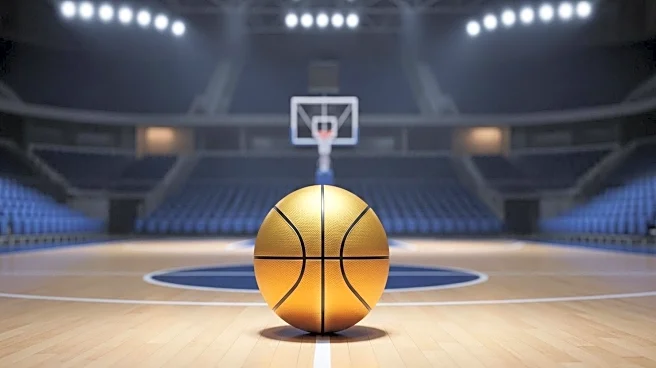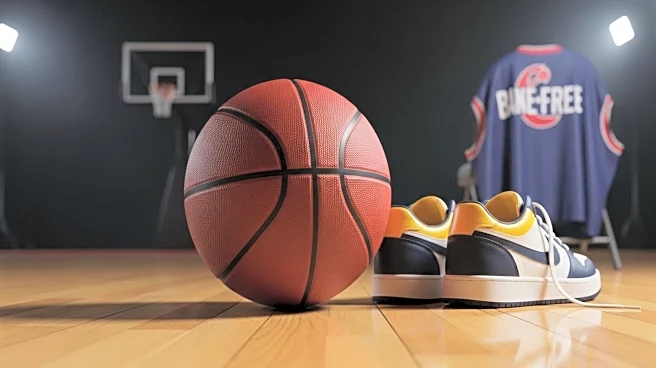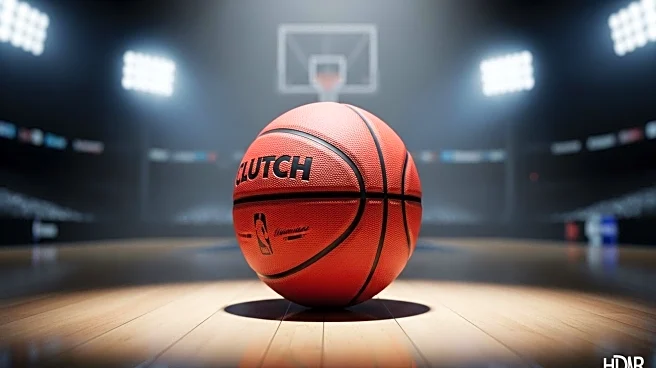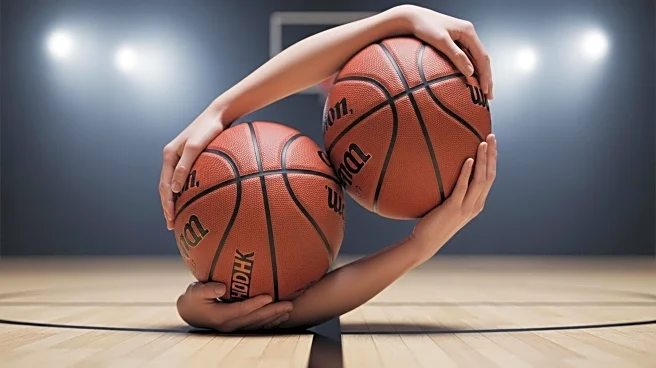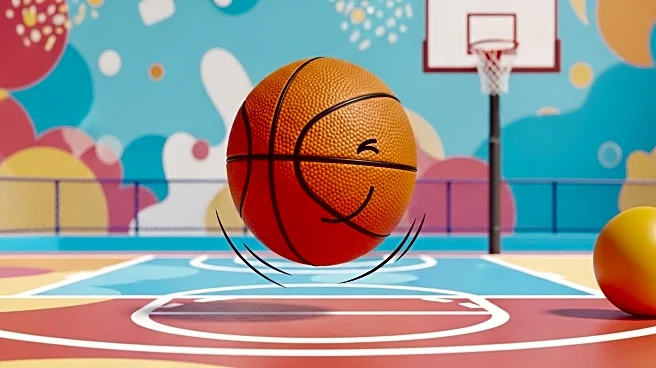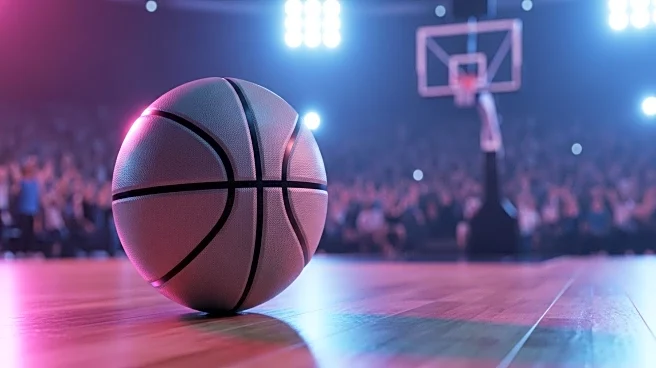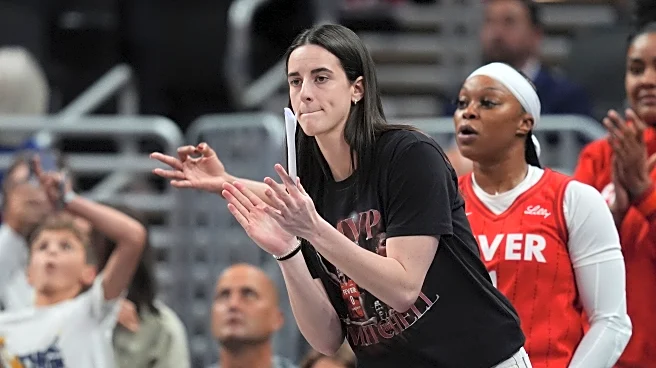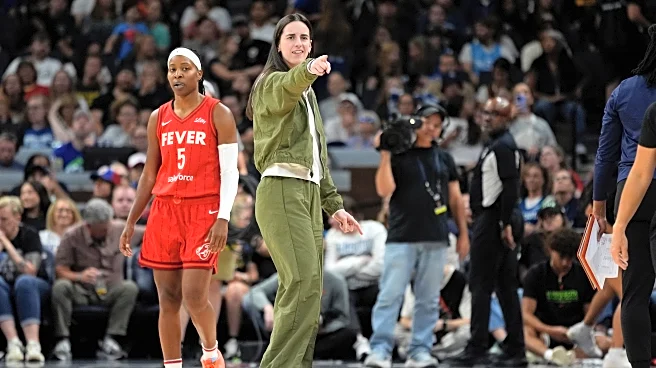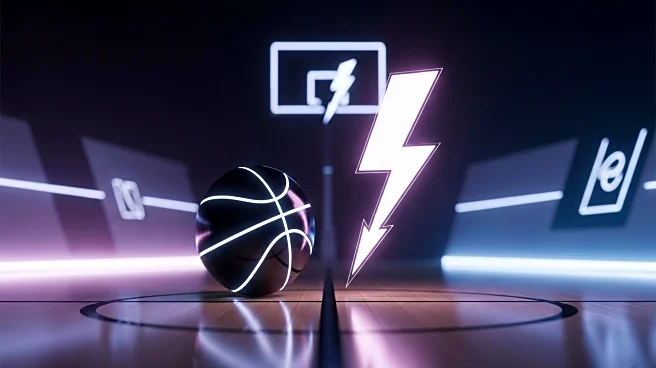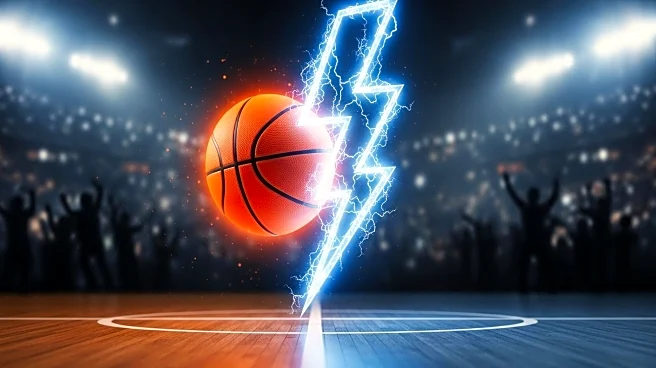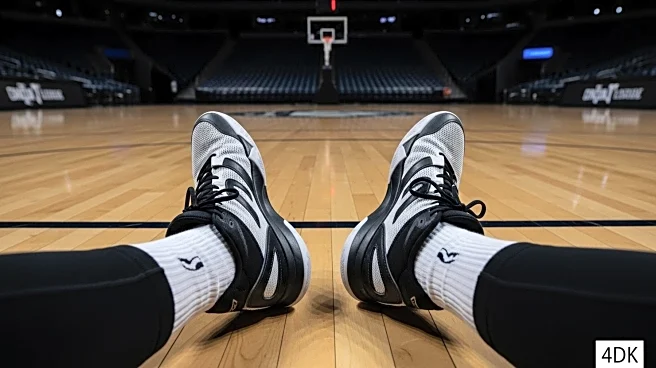What's Happening?
Caitlin Clark, a standout player for the Indiana Fever, was reportedly offered a $15 million contract by the BIG3 league before her rookie season in the WNBA. This offer, confirmed by BIG3 co-owner Ice Cube, was made while Clark was still in college at Iowa. The BIG3, a domestic league, operates during the WNBA's regular season, which raises questions about the feasibility of Clark playing in both leagues simultaneously. The WNBA's current pay structure is significantly lower, prompting many players to seek overseas contracts during the offseason. Despite the lucrative offer, Clark's participation in the BIG3 was uncertain due to potential conflicts with WNBA regulations.
Why It's Important?
The substantial offer from the BIG3 highlights the ongoing pay disparity in women's professional basketball. While Clark has garnered significant attention and value for the WNBA, her earnings from the league are relatively low compared to her potential market value. This situation underscores the financial challenges faced by WNBA players, who often rely on endorsements and overseas contracts to supplement their income. The BIG3's interest in Clark also suggests a potential shift in how domestic leagues might compete for top talent, potentially influencing future negotiations and contracts within women's sports.
What's Next?
The situation could prompt discussions between the WNBA and other domestic leagues like the BIG3 regarding player contracts and league schedules. If the WNBA seeks to retain top talent like Clark, it may need to reconsider its pay structure and explore partnerships with other leagues. Additionally, the attention on Clark's contract situation could lead to broader advocacy for increased pay and better working conditions for WNBA players. Stakeholders, including league officials and player representatives, may engage in negotiations to address these disparities.
Beyond the Headlines
The offer to Clark also raises ethical questions about the exploitation of athletes' market value and the role of endorsements in professional sports. As players like Clark continue to draw significant attention and revenue to their leagues, the disparity between their earnings and their contributions becomes more pronounced. This could lead to a reevaluation of how athletes are compensated and valued within the sports industry, potentially influencing future policy changes and labor agreements.
